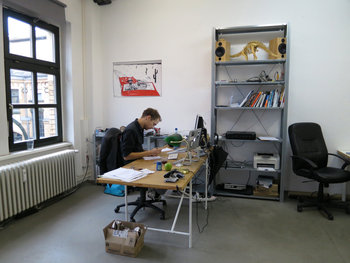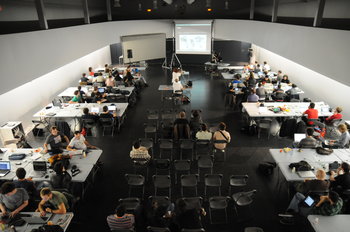
Standard Business Day
A requirement to be at work during the standard business hours of a firm such as 9 to 5.Part Time
A fixed or variable schedule that has less hours than a standard full-time work week. For example, if a standard work week is 37.5 hours, under 30 hours may be considered part time.Unpredictable Schedules
A schedule that changes from week to week in an unpredictable fashion. This may disrupt an employee's quality of life as they are unable to make other commitments. Some jurisdictions have laws and regulations that require employers to offer a reasonably predictable schedule.Flextime
An employee who is required to work core hours with the rest of their hours to be worked according to the employee's preferences. This may require approval in advance or it may be a flexible arrangement where an employee can work different hours each day. For example, a firm specifies core hours of 10 to 3 Monday to Friday and employees are free to work the rest of their hours when they want.Alternate Work Schedule
A broad term for any flexible or non-standard work schedule that is arranged at the request or preference of the employee.Compressed Workweek
Working less days but more hours per day. This is typically four extended days each week with an extra day off.Shift Work
A schedule that is organized into a variety of shifts in order to meet business needs. For example, a factory that operates 24 hours a day that schedules employees on two 12-hour shifts each day. This can be unpopular with employees as it may require working at odd hours.Rotating Shifts
A business schedule organized into a variety of shifts that may be continuous 24 hours a day, 7 days a week or non-continuous with periods where all workers are off. These shifts are "rotated" such that employees take turns working different shifts. This requires employees to repeatedly adapt to different schedules such as the transition from working at night to working in the day and vice versa.Split Shift
Working more than once a day. This may be done due to business needs or at the preference of the employee. For example, a school bus driver may work 8 to 10 and 3 to 5 each day. Some employees may ask for this type of arrangement such as a parent who works shorter hours in the day but then catches up when their kids go to bed. In the case where a split shift is based on business needs, laws and regulations may apply such as a minimum shift length.On-call
A requirement to be available to work at any time on demand. This is typically compensated beyond the hours worked as it prevents the employee from having any time that is truly off. It is common to rotate on-call responsibilities as they are unpopular and burdensome.Overtime
Working more than full time hours in a week based on business needs. In some cases, this may be compensated at a higher rate of pay.No Schedule
A position with a set of responsibilities, accountabilities and objectives that has no set hours. As such, the employee may work less than full time hours if they find a way to do their work more efficiently. In practice, this type of arrangement is often reserved for positions with heavy workloads such that a short work week is unlikely.| Overview: Work Schedule | ||
Type | ||
Definition | A list of time periods when an employee is expected to work. | |
Related Concepts | ||



























